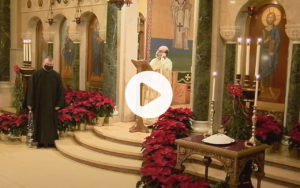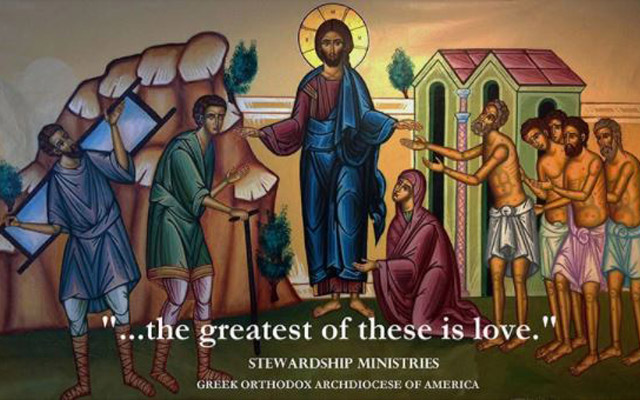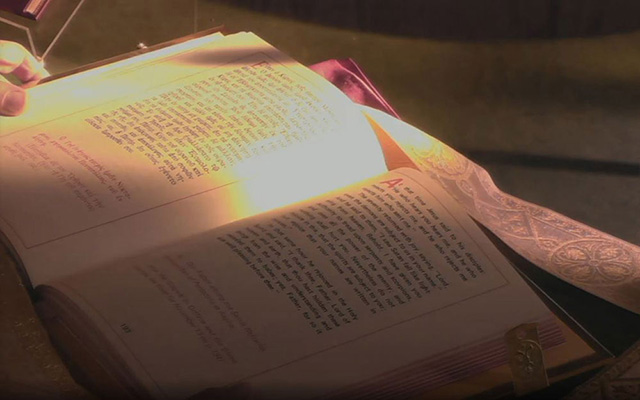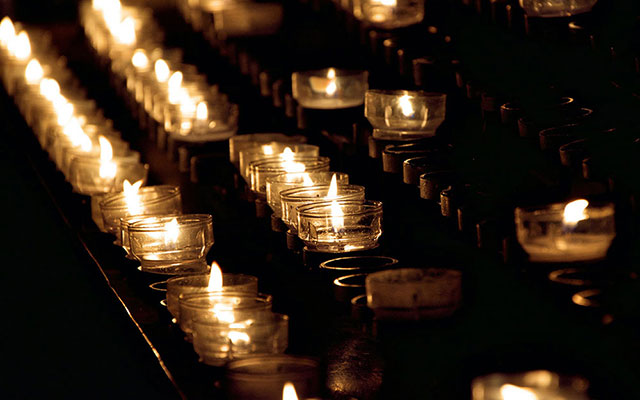Sunday of The Fathers of the First Ecumenical Council
Introduction The seventh Sunday after the Feast of Holy Pascha is observed by the Orthodox Church as the Sunday of the Fathers of the First Ecumenical Council. This day commemorates the 318 God-bearing Fathers who gathered in Nicaea in 325 at the request of the Emperor, Saint Constantine the Great, to address the heresy of Arianism together with other issues that concerned the unity of the Church. Commemoration of The Great and Holy Feast of






